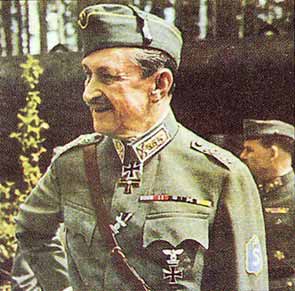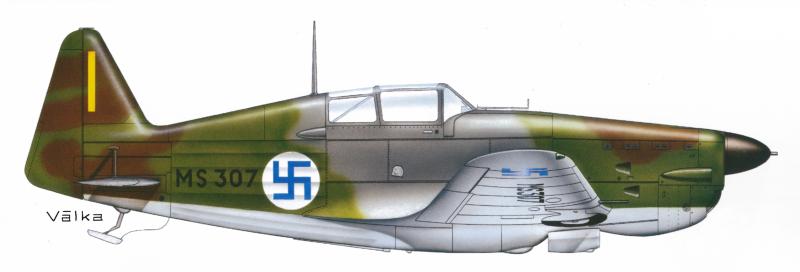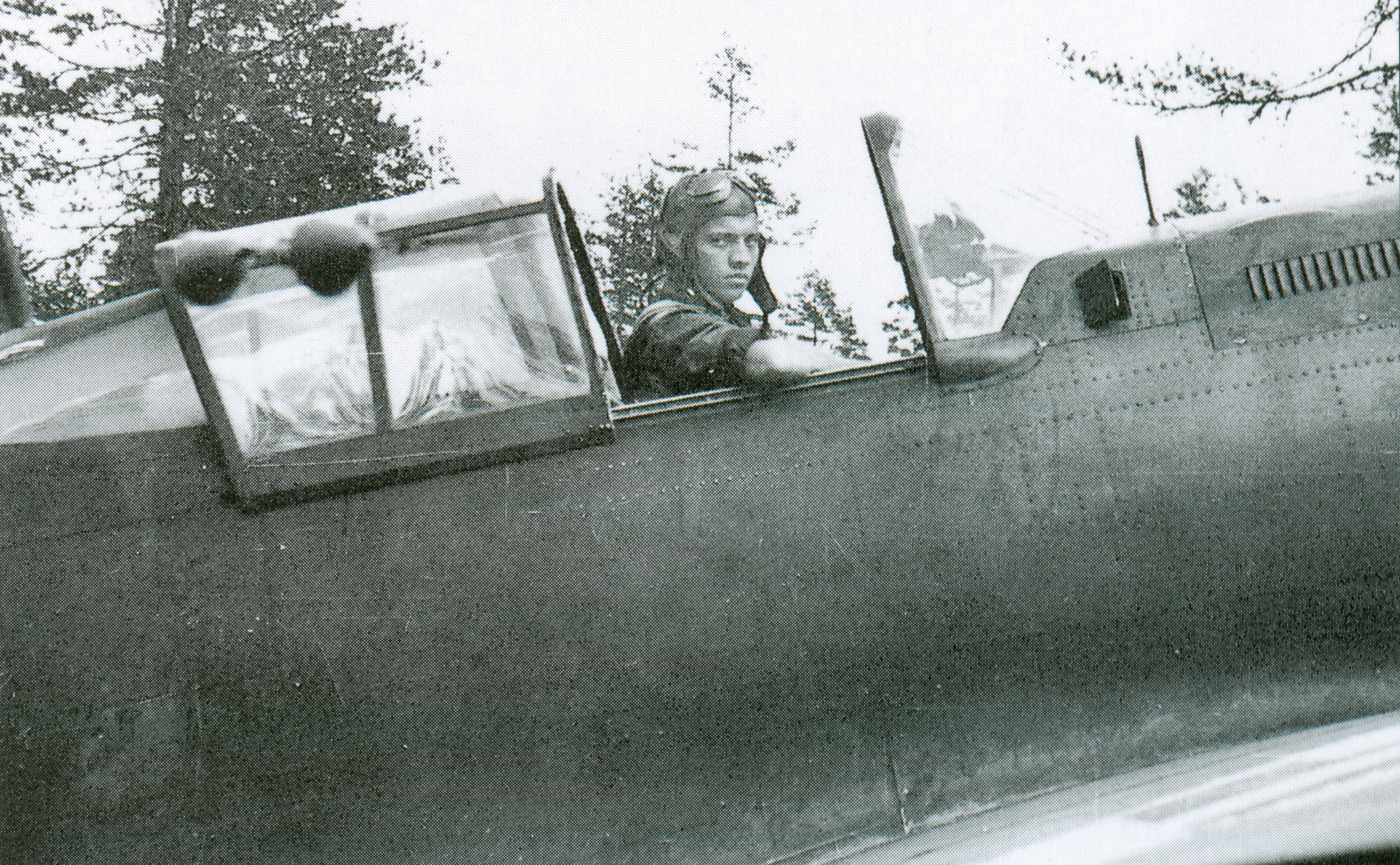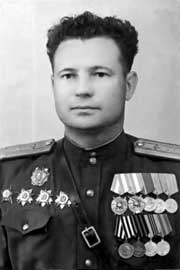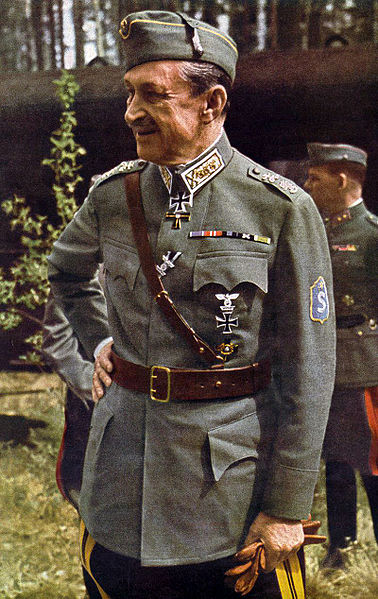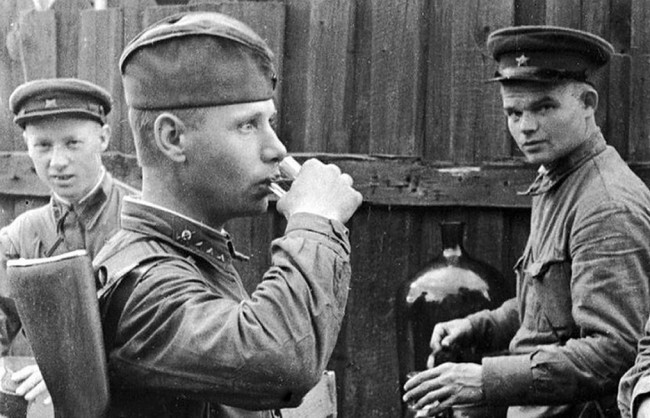
Alcohol motivation in the Red Army
Combat morale, or willingness to fight and risk injury or death, has been promoted in various ways in the armies involved in World War II battles. The German army doped some of its units with amphetamines, which were able to suppress the feeling of fatigue. He was again issued to English sailors to heat rum. In the Soviet army, according to the command, the army was able to support vodka. But what is the truth about the fact that Red Army soldiers went on the attacks mostly drunk? And how much alcohol was officially dispensed to the Red Army?

